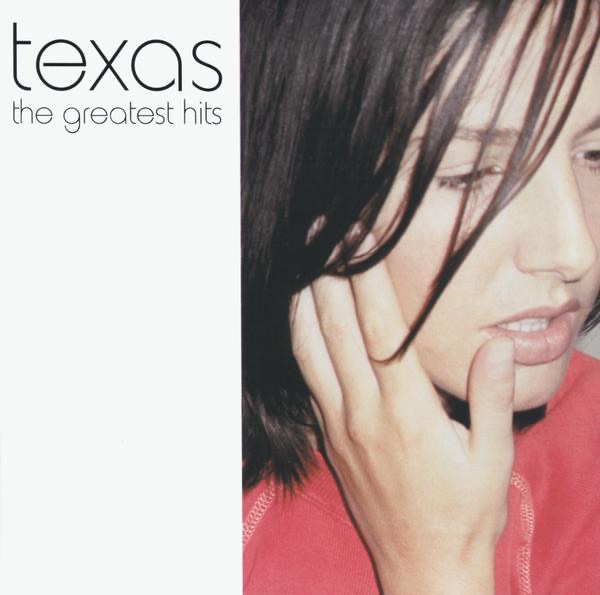
Monday 16th to Sunday 22nd December 2024
We've all had enough of the recent weather forecasts and storms, but did you know that scientists are also interested in what is called "Space Weather"? It is a branch of space physics concerned with the effect that the Sun has on our planet - things like the radiation from solar flares and the Solar Wind. Space weather can cause disruption to our radio communications and is also responsible for creating those visual

Saturday 21st is the Northern Hemisphere's winter solstice - the time when the Sun reaches is most southerly declination or lowest maximum height above the horizon. This represents the shortest day, so it will now start staying lighter in the evenings by about 4 minutes each day. Everyone works on an Earth day being 24 hours long, but in reality it takes 23 hours 56 minutes and 4 seconds for the planet to rotate once, hence the difference of roughly 4 minutes.
Sunday evening 22nd sees the peak of the annual Ursids meteor shower. The radiant point is located near the constellation of Ursa Minor, which is itself easy to find, because the constellation includes Polaris, the pole star, located towards true north.

Polaris is the alpha (or most significant) star in the constellation. The radiant point of the shower is close to Kochab, which is the beta star.

Best to look for the shooting stars before
www.starsoversomerset.com
Screenshots courtesy of Stellarium
Space Weather diagram courtesy of European Space Agency
Copyright Adrian Dening and Radio Ninesprings 2024

 Improved Transport Links
Improved Transport Links
 Courier Fraud
Courier Fraud
 Wheelie Bins
Wheelie Bins
 Bus Route Changes
Bus Route Changes
 False Fire Alarms
False Fire Alarms
 Dog DNA
Dog DNA








